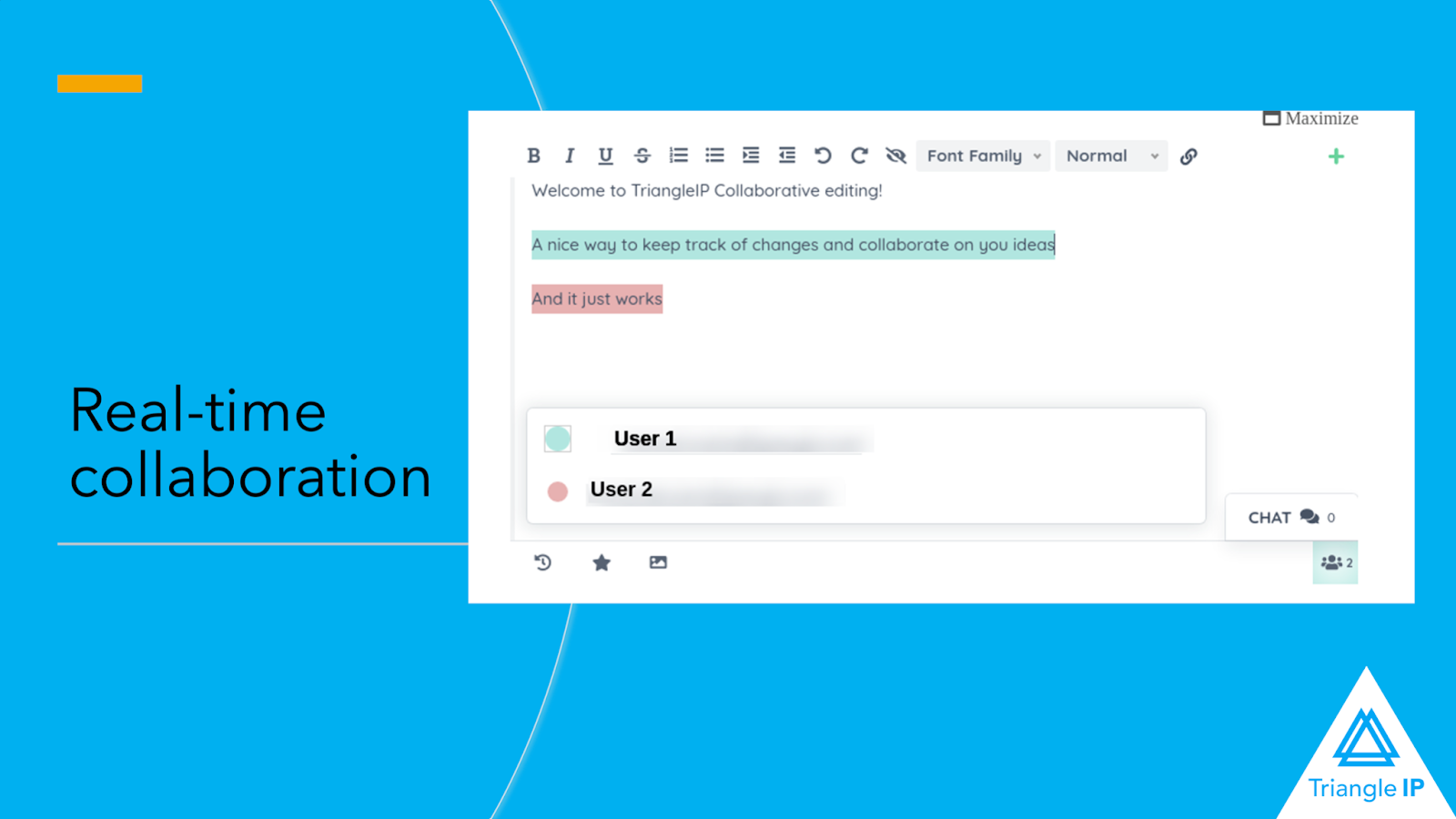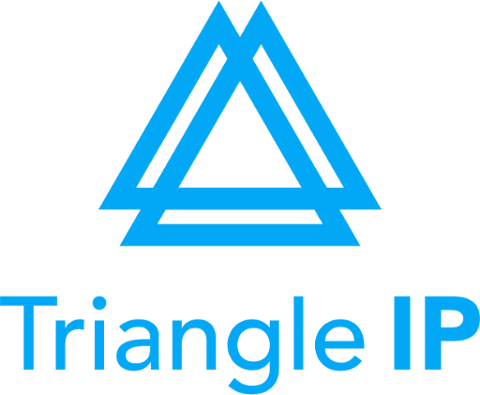Businesses innovate. But not all innovations make it past the brainstorming stage. Enhancing this process requires integrating tools like innovation management software to effectively capture and develop innovative ideas.
Ideas get selected for many reasons unique to your business. You need an organized way to capture and select ideas for further development and patenting. In this article, you will learn how you can use the Triangle IP’s TIP Tool — to shortlist and select promising ideas.
Capturing and Collaborating on Ideas From Your Team
Innovators capture their ideas with the TIP Tool by describing the concept. Effective idea capture strategies are crucial for ensuring these initial concepts are accurately and comprehensively recorded. This step could take some effort and work before the innovator publishes it.
Publication releases the idea to the other people listed on the idea. These people may include co-inventors of the idea and managers. These co-workers collaborate through TIP to refine the description by adding, editing, and deleting information pertaining to the idea.
Once this step gets completed, a manager can move the idea from capture and collaboration to vetting.
Select Promising Ideas Based on Your Enterprise’s Unique Criteria
The vetting stage is kind of a catchall for several steps an enterprise uses to narrow down its innovations. Every enterprise has a different way that it goes about vetting.
Just for budgetary reasons, your enterprise must decide whether or not an innovation is worthy to send out for drafting with your patent prosecutor. Some ideas need more information. Some innovations need more development. Enterprises need to gather comments from the people involved in the idea and follow its unique vetting process.
In really small enterprises, one person often knows everything. This person knows all the technical aspects of the company’s innovations, the strategic vision of the company, and the company’s budget. This one person can decide what to pursue.
In larger enterprises, the decision maker might not have a technical background. This person might not be able to appreciate the subtleties and the significance of the innovation. But to have any sort of vetting process to shortlist and select ideas to be drafted as patents, you must have input from those with an understanding of the innovation and its value to the enterprise.
Bring in Other Voices to Make the Best Decisions
Larger enterprises need to involve multiple people in the vetting process. This team could include:
- The innovators
- The leaders
- The decision makers
The innovators come to the table with a description of how the innovation works and the value proposition of investing the company’s resources in it. They can also speak to how much it’s going to cost to implement and how likely it is to end up in the product.
The company’s leadership brings the strategic vision. The innovators may have a wonderful innovation, but in a part of the business that is not important. Or maybe the idea is something that the enterprise doesn’t want to invest in.
The leadership can help the decision makers understand the difference between the core business and ideas that spin off the core business. Based on this information, the decision makers can identify those areas that don’t have a lot of support within the enterprise so they can focus on getting patents on innovations the company cares about.
The decision makers must synthesize this information so they can pick the innovations that provide both technical benefits and fit the enterprise’s strategic vision. You might have the ability to get a great patent, it has no value to the business if it’s not strategic.
The people who are deciding are looking at many factors including:
- Strategic vision
- Technical benefits
- Budget
- Patent coverage within the business’s area
This last point can be an important consideration. The enterprise’s patent attorney can give you advice about whether your competitors are filing a lot or not.
The TIP Tool Facilitates the Vetting Process
This explanation of a reasoned approach to vetting illustrates that there is no one-size-fits-all process. Instead, you need the ability to collaborate in real-time with everyone who can provide valuable input into the decision.
This is where the TIP Tool facilitates the vetting process. In a live or online meeting, everyone involved can pull up the TIP Tool. Everybody can comment in real-time and people can see each other’s comments. You can edit the summary together. The entire team can change the value of a particular idea. This happens in real-time and everyone involved in the collaboration can see it happen.

One of the benefits of this approach is efficiency. Everyone involved in the vetting process can work together to quickly capture the best thinking within your enterprise. But more importantly, your team will select innovations that are both worthy of spending budget on and align with your strategic vision.
To learn more about the TIP Tool and how it can help you identify promising ideas for patenting, sign up for a free trial.




